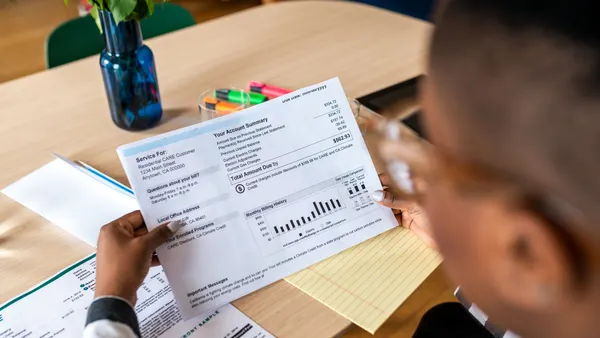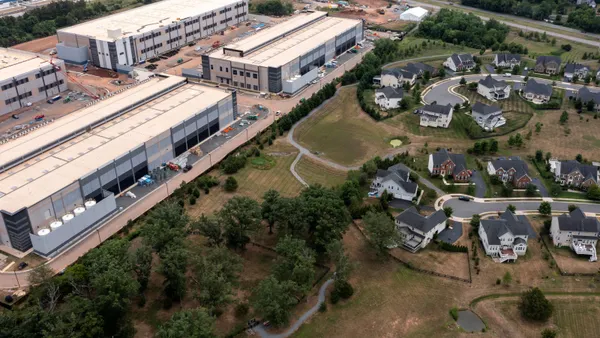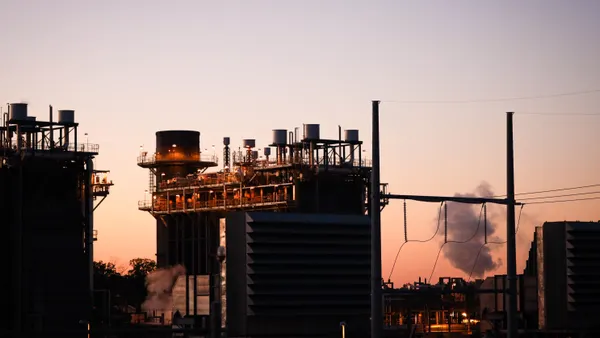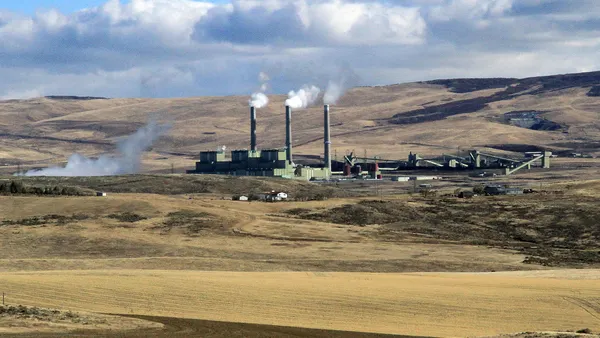Dive Brief:
-
A landmark federal order that will allow greater participation of distributed energy resources (DERs) in regional wholesale power markets still leaves a number of questions unanswered, including how the rule may apply to hybrid resources and how grid operators will respond to the order.
-
The Federal Energy Regulatory Commission's Order 2222, issued last month, gives Regional Transmission Organizations (RTO) and Independent System Operators (ISO) a lot of implementation flexibility, industry leaders pointed out during an Oct. 21 Energy Storage Association webinar. A key question is whether grid operators and utilities implement the rule "according to the spirit of the order," trying to open up participation to DERs as much as possible, or just do the bare minimum, said Ted Ko, vice president of policy and regulatory affairs at Stem during the webinar.
-
How efficient the interconnection process will be is another major question, said Ko. Utilities have already expressed concern about the order potentially sowing more confusion over issues of jurisdiction when it comes to the interconnection of distribted resources.
Dive Insight:
The clean energy industry is eagerly awaiting implementation details from regional ISOs and RTOs, as FERC's September order is expected to dramatically increase the amount of DERs able to connect to the grid.
Studies have projected the U.S. could add anywhere from 65 GW to 380 GW of DERs over the next four to five years, including a low end estimate of 19 million electric vehicles on the road by 2030, FERC Chairman Neil Chatterjee said before releasing the order, representing a "seismic shift" in the energy landscape.
In total, around 50% of U.S. load will be impacted by this order, said Ko, including all the load under FERC jurisdiction and excluding small utilities that are not required to comply with the order.
"The potential of this order is that we can deploy DERs to all of that load, and make ... all those megawatts available as active market participants in the wholesale markets," he said. "That's the ultimate goal of this whole effort. And it represents a tremendous opportunity for DER, and DER aggregators, and customers, frankly, to become part of the wholesale markets in the United States."
But a large part of the order's effectiveness will depend on how utilities and grid operators respond to the order, say stakeholders, as well as how they iron out details on interconnection and hybrid DER aggregations.
Behind-the-meter (BTM) resources such as demand response capabilities will see a big boost under this rule, experts agreed Wednesday. But because the order also applies to aggregations of DERs, developers could conceivably mix BTM and front-of-the-meter (FTM) resources, or behind-the-meter resources that export power as aggregates in a number of different ways. One key issue for grid operators will be whether their compliance proposals allow aggregations to be treated as a single resource, or whether they force developers to pick apart each individual DER component each time a resource wants to participate in the market.
The latter is likely "to cause more overhead, more time or more friction in the process if you have to actually be opening up the box every time when you're ... settling wholesale market transactions," said Ko.
There is also a risk that an ISO/RTO might be compliant with the filing, but in practice could still leave barriers up from a developer perspective, he said. For example, the California ISO's policy allows developers to bring aggregate resources into the wholesale market, but they must be in that market 24 hours, seven days a week to qualify.
"That's just one example of the kinds of possible barriers that can be still put up under this order," said Ko.
One utility has already laid out its own concerns for the order as well — that it could potentially further complicate the already complex question of interconnection jurisdiction. Xcel filed a request for clarification with the commission on Tuesday, asking that it provide more information on whether DER aggregations that are also qualifying facilities (QF) under the Public Utility Regulatory Policies Act (PURPA) are under FERC or state jurisdiction.
Under the utility's previous understanding, FERC has jurisdiction over QF interconnections when they sell power to a third party provider, which they would do under 2222. Xcel asked the commission to clarify whether this was still the case and to potentially hold a technical conference or issue a ruling to simplify these rules more broadly.
"These interconnection rules may not need to be as complicated as they are and it may be possible to simplify them," Xcel wrote.
Order 2222 was published in the federal registrar Federal Register Wednesday, and the comment period is open for 60 days after that. RTOs and ISOs must file their compliance filings within 270 days of the order's publication.















